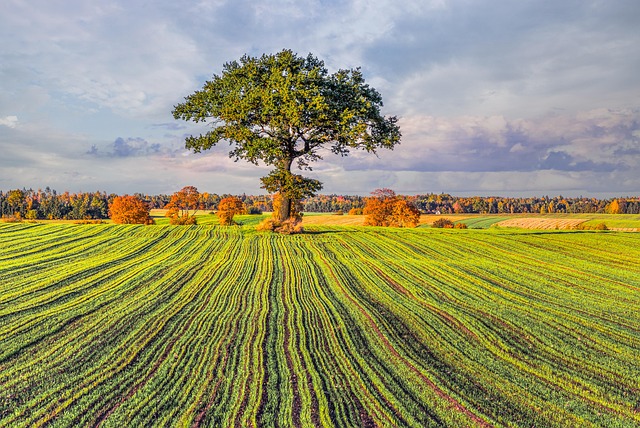
Life Cycles
The concept of a life cycle is fundamental to biology, encompassing the series of stages that an organism goes through from the beginning of its life until its death. This process is not only essential for understanding individual species but also for grasping the broader ecological interactions within ecosystems. Life cycles can vary significantly among different organisms, reflecting their unique adaptations and reproductive strategies.
The Stages of Life Cycles
Most life cycles can be broken down into several key stages. While the specifics may differ, the general framework often includes:
- Birth or Germination: This is the initial stage where an organism comes into existence. In plants, this often means germination from a seed, while in animals, it may involve birth or hatching.
- Growth: After birth, organisms enter a growth phase where they develop physically and, in many cases, behaviorally. This stage can vary in duration, depending on the species.
- Reproduction: Once mature, organisms reach a stage where they can reproduce, ensuring the continuation of their species. This can involve various methods, including sexual and asexual reproduction.
- Death: The final stage of the life cycle is death, which is a natural conclusion to the life of an organism. This stage is crucial for nutrient cycling within ecosystems.
Types of Life Cycles
Life cycles can be categorized into two main types: direct and indirect.
Direct Life Cycles
In direct life cycles, organisms develop from juvenile forms directly into adults without undergoing significant morphological changes. For example, many mammals, including humans, have a direct life cycle where the young resemble miniature adults.
Indirect Life Cycles
Indirect life cycles involve distinct stages that may look entirely different from one another. A classic example is the butterfly, which undergoes metamorphosis. It starts as an egg, hatches into a caterpillar (larva), then transforms into a pupa (chrysalis), and finally emerges as an adult butterfly.
Importance of Life Cycles
Understanding life cycles is vital for several reasons:
- Ecological Balance: Each stage of an organism's life cycle plays a role in its ecosystem. For instance, the presence of larvae can impact plant life, while adult insects may serve as pollinators.
- Conservation Efforts: Knowledge of life cycles aids in conservation strategies. By understanding when species reproduce, conservationists can better protect habitats during critical periods.
- Agricultural Practices: Farmers utilize life cycle knowledge to optimize planting and harvesting times, ensuring better yields.
Conclusion
The life cycle is a fundamental concept that illustrates the journey of organisms from birth to death. By studying these cycles, we gain insights into the complexities of life and the interconnectedness of all living things. Whether in a garden, a forest, or a marine environment, recognizing the stages of life can enhance our appreciation for the natural world.

















 Modern Relevance of Bhakti Movement
Modern Relevance of Bhakti Movement 
 Health
Health  Fitness
Fitness  Lifestyle
Lifestyle  Tech
Tech  Travel
Travel  Food
Food  Education
Education  Parenting
Parenting  Career & Work
Career & Work  Hobbies
Hobbies  Wellness
Wellness  Beauty
Beauty  Cars
Cars  Art
Art  Science
Science  Culture
Culture  Books
Books  Music
Music  Movies
Movies  Gaming
Gaming  Sports
Sports  Nature
Nature  Home & Garden
Home & Garden  Business & Finance
Business & Finance  Relationships
Relationships  Pets
Pets  Shopping
Shopping  Mindset & Inspiration
Mindset & Inspiration  Environment
Environment  Gadgets
Gadgets  Politics
Politics 